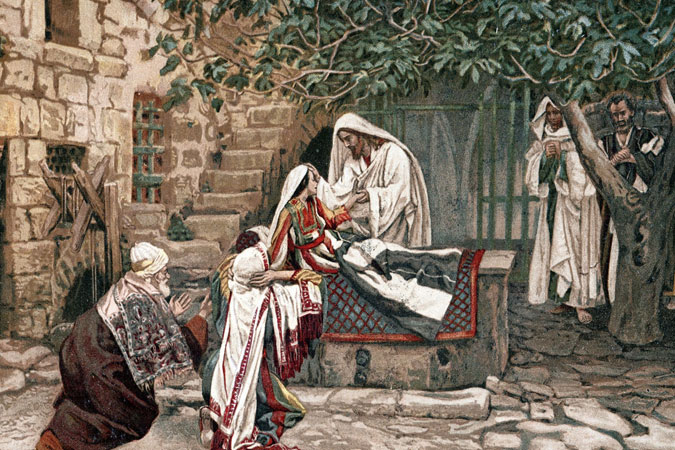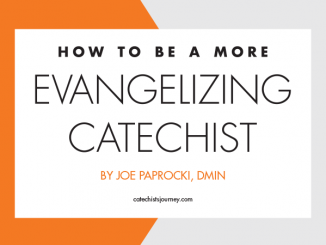
“But how do we know Jesus was an actual person and not just made up?” John, one of my tenth-grade students, asked. “I know what the Bible says, but do we have any other evidence?” As catechists we are often asked this kind of question, and it can catch us by surprise. The temptation when faced with a question like this is to offer a standard response such as, “Well, the Catholic Church teaches us that Jesus is the only beloved Son of God our Father.” While certainly true, this approach is unlikely to satisfy the hunger behind the question.
“Would you die for something that you did not believe in?” I asked my tenth-grade class that evening. Not one said they would. When someone we love dies, we carry that person in our heart and bring him or her alive in our words as we share our memories with others.
“So imagine,” I said to my class, “that you were at the scene of your friend’s death. You witness with your own eyes the murder of one you love. Afterward, you rush out to share the life, death, and—unbelievable as it sounds—the resurrection of your friend with others. They look at you like you are crazy. Then one day, you are arrested and condemned to death because you have been telling everyone about your friend, a friend you knew personally. Would you have the courage to die for that truth, or would you lie and live out your days filled with bitterness and regret?”
The Apostles were faced with the choice of living out the message of Jesus every day and bringing him alive to others or denying him and living a lie. When I share with my students that all but one of the Apostles was violently killed—beheaded, stoned to death, crucified, and, in the case of Peter, crucified upside down—they are amazed. Why would the Apostles allow themselves to be martyred for Jesus rather than deny him? It would have been easier to deny Jesus and deny what they had seen. Because, as one of my students answered, “Jesus is really the way, the truth, and the life,” just as it says in John 14:6. Bingo! This was a lesson that I would never forget, and neither would my students.
The Jesus that young people are presented with and the Jesus of the Gospels can be vastly different. Jesus was a radical. He preached a radical message. He lived a radical life. He made radical claims about himself and his Father in Heaven. This is the Jesus that young people need to be challenged with and comforted by.
At a conference in Norfolk, Virginia, in 2014, preacher of the Pontifical Household, Father Raniero, reminded us that “people will not accept Jesus based on the word of the Church, but they will accept the Church based on the word of Jesus.” Leading with the “who” of Jesus rather than the “what” of the Catholic Church is the first step in helping people come to a relationship with Christ. I didn’t know it at the time, but I do now: this lesson with my tenth-grade students was a sharing of the core gospel message, which is called the kerygma.
—Excerpted from Developing Disciples of Christ by Julianne Stanz





Be the first to comment